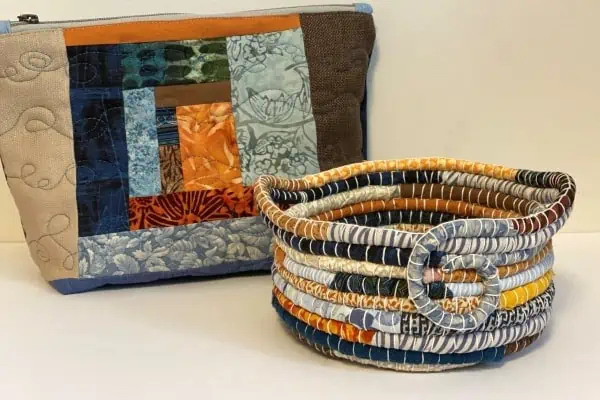I have been writing this column and organizing the field trips for the Yukon Bird Club for a few years, so it’s not unusual for people to ask me their “bird” questions.
I love birds and I have learned a lot from bird-watching trips, but a bird expert I am not. (Be reassured – I always ask an expert to check my columns.)
So this term I decided to get serious and take a bird course.
Luckily for me (and WUY readers), there is an excellent introductory course in Ornithology being offered this term at Yukon College, taught by Dr. Katie Aitken. I signed up.
You may remember my column last spring about a field trip on a cold, grey day that Katie (she insists I don’t need to call her Doctor) led to the Takhini duck ponds, where we learned about cavity-nesting birds, including some species of ducks, and also saw a lovely Zorro-masked common yellowthroat.
Over the next three months we’ll have lectures on everything from Feather and Flight to Mate Choice and Breeding systems, Bird Sex and Nests, and the more serious Parents and their Offspring.
My fellow students are aging avid birders and keen young students with fledgling environmental careers.
I am learning some amazing things! Here are a few facts you might like to know, too.
Most birds are tree-dwelling. That’s no surprise, but here’s something cool: the tendons on their legs are modified to help lock their toes into place once they perch. This is why birds don’t fall over when they are sleeping.
And you would really be barking up the wrong tree if you said that birds had – well, bird brains.
In fact, the size of a bird’s brain is relatively large compared to its body. Our avian friends are as smart as primates in their use of tools (using a stick to pry into tree bark for insects), language, and their complex social structure.
They are also masterful parents.
The water repellency of duck feathers is so amazing that several Japanese industrialists carried out a major study on ducks to try to find out why this happens.
While there are some oils that protect ducks and other birds, often it is the structure of the feathers – the rough surface of the barbules in the feather that overlap to create air pockets – that traps water and repels it.
Other features help birds eat well. The wing feathers of owls are modified for silent flight; the wings have a comb-like leading edge that break up the air in ways that reduce wing sound – the better to hunt their prey, such as mice and bunnies.
There are seven types of feathers on a bird, from their heads to their tails. The most important for most are the wing feathers. (About 1 per cent of birds don’t fly – ostriches and kiwis, for example – though their ancestors did.)
There are two kinds of flight – flapping and soaring. Soaring birds have big wings and many take advantage of “thermals” or updrafts of warming air, to get around.
A researcher in Serengeti once observed a vulture travelling over 75 kilometres on six large thermals. What a ride! And sometimes, maybe it is just for fun – have you seen our ravens flying the currents near the escarpment?
And did you know many birds also have whiskers? They are actually a type of bristly feather often found near eyes or mouths to protect them from feeding or flying behaviours.
There is a lot more to birds than meets the eye. The course involves lectures and labs, where we look at dead birds, called “skins”, and it also includes three field trips.
I am expected to keep a field journal of my observations. By the end of the course, I am expected to know 50 Yukon birds by song and sight, and a lot of bird basics I should have known before.
Happy birding – and start thinking about those spring field trips. Migration (and exams) is just around the corner.




